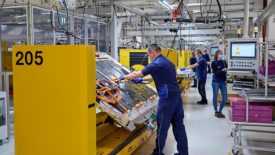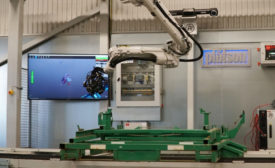Home » Keywords: » quality control inspection
Items Tagged with 'quality control inspection'
ARTICLES
Electric Vehicles
Quality control lags behind rapid growth of EV sales in North America.
Read More
Sponsored Content
How 3D Metrology Software and Hardware is Aiding Asia's Automotive Comeback
Metrology Software
January 4, 2022
How Automation Helps to Improve Quality
Automating quality control can look different for every organization.
December 10, 2021
The State of the Quality Profession 2018
The profession remains strong, according to our 2018 State of the Profession Survey.
June 1, 2018
EVENTS
Webinar
9/13/23 to 9/13/24
Contact: Meg M.
How to Reduce First Article Inspection Creation Time by 70-90%
Webinar
11/8/23 to 11/8/24
Contact: Meg K.
Smart 3D Measurement Planning – It’s Easier Than You Think!
Webinar Sponsored Webinars Sponsored
5/8/24 to 5/8/25
Contact: Meg K.
What You Should Know about Transitioning From Paper to an Enterprise QMS
Webinar Sponsored Webinars Sponsored
5/22/24 to 5/22/25
Contact: Meg K.
Quality Automation: How Robotics and Sensors Play in Quality Control and Production
Get our new eMagazine delivered to your inbox every month.
Stay in the know with Quality’s comprehensive coverage of the manufacturing and metrology industries.
SIGN UP TODAY!Copyright ©2024. All Rights Reserved BNP Media.
Design, CMS, Hosting & Web Development :: ePublishing






